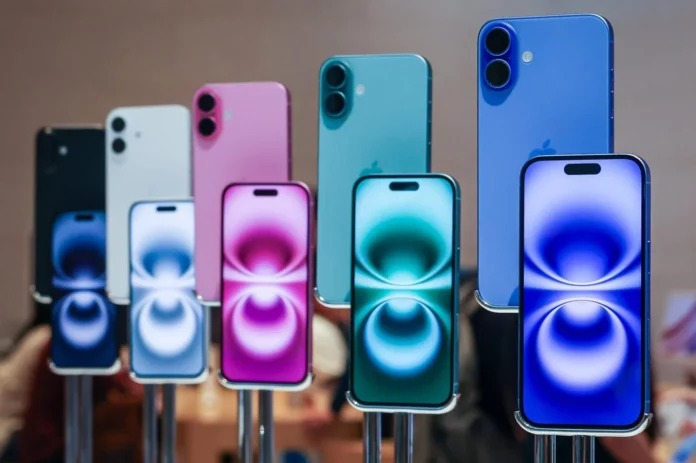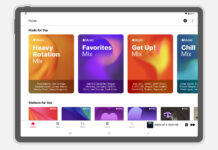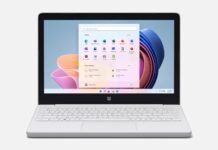Android users, your days of comparing iPhones to Android devices on a feature-by-feature basis are coming to an end. As soon as Apple raises the refresh rate for its tier one iPhones, it will be over for anyone still playing the “bragging rights” bingo.
There is one day left until the start of the new year, when rumors about the “next iPhone” usually start to surface. One of them, leaking now, goes back to September and claims that the iPhone 17 will have a screen with a higher refresh rate than previous iPhone models.
Apple has been using ProMotion, or 120Hz, displays since the iPhone 13 Pro. Since then, only the Pro models have offered a variation of ProMotion, and the iPhone 15 Pro was the first to have the display always on. According to a leak on the Chinese social network Weibo, starting in 2025, all iPhone models will have ProMotion screens, not just the more expensive variant.
The leak comes from the previously mentioned Digital Chat Station leak, which also spawned rumors that the iPhone 17 Pro will receive a redesigned back panel. We’ll take a look at that. This rumor is gaining momentum because we heard it from display market analyst Ross Young. The literal supply chain provides the best insight into what’s coming next.
Apple is starting to add more Pro-level features to its entry-level iPhones. This year, it surprised us by including a camera control button in all iPhone 16 models. Apple usually launches new features like Dynamic Island first for Pro users. The company has even made Apple Intelligence available to those who choose the $800 dual-camera iPhone 16 instead of the $1,000 triple-camera iPhone 16 Pro. This is why the rumors make sense. The adoption of the iPhone 17 with a higher refresh rate will be an example of this practice.
If Apple implements ProMotion in all of its products, it could be a boon to what is happening with the Pixel line, for example. The Pixel 9 and Pixel 9 Pro have the same screen sizes, but their displays have obvious differences. The Pixel 9 Pro has a Super Actua display with a higher resolution and more pixels per inch (PPI) – a digital game we used to play more of about a decade ago when all screens were smaller – and a faster refresh rate. In comparison, the Pixel 9 isn’t as bright and doesn’t have a display that’s always on.
It will be interesting to see how Apple will do this. Will it follow the Pixel line and reduce the screen resolution and brightness to save battery power on the regular iPhone 17? Or will it introduce an always-on display feature for both tiers to make iOS features like standby available to everyone? We’ll know the answers soon enough.









